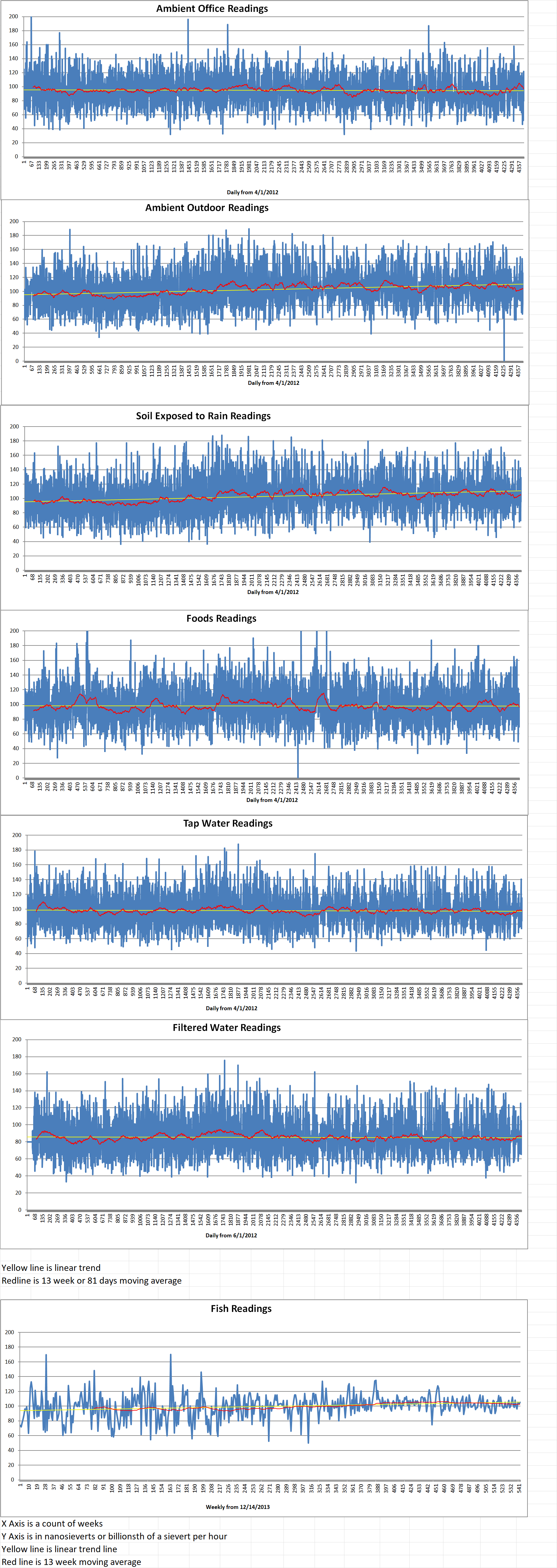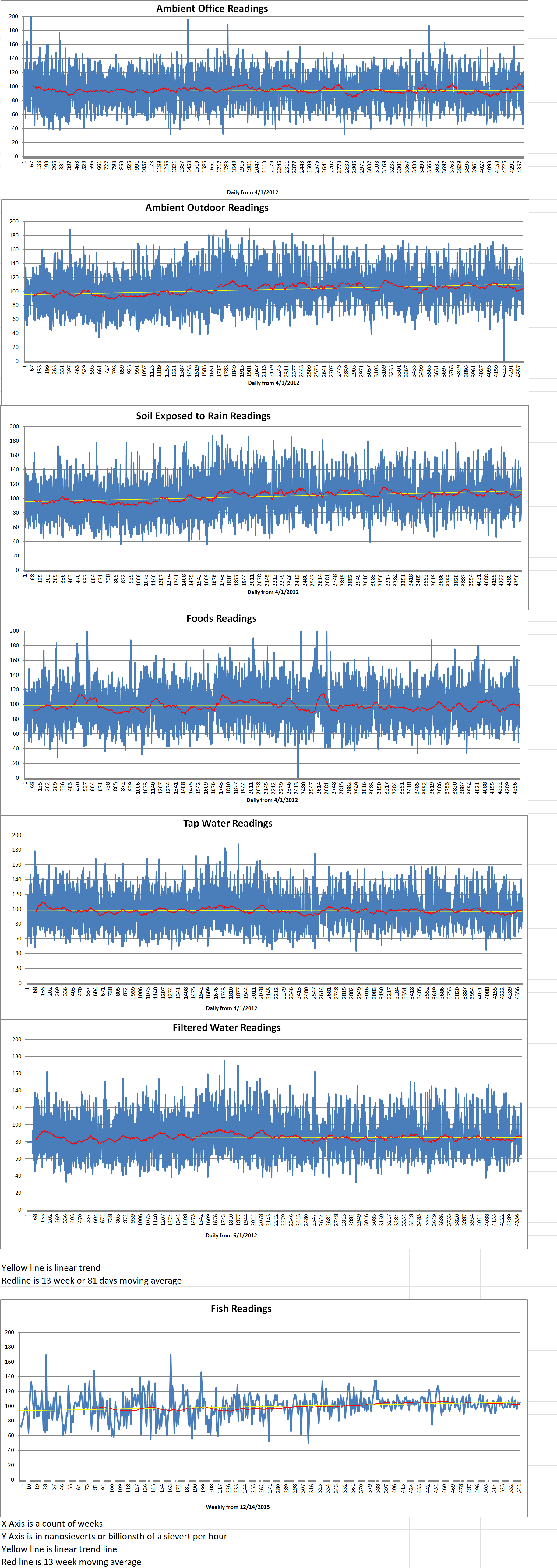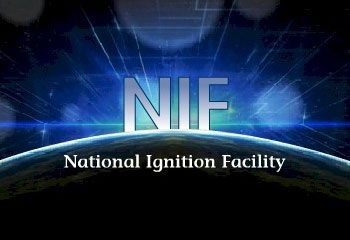A compact nuclear reactor with the capacity to operate for eight years without water is set to come online by 2029 in Saskatchewan, Canada. It was recently announced by the Saskatchewan government. The eighty-million-dollar CAD project, led by the Saskatchewan Research Council (SRC) in collaboration with Westinghouse, is intended to demonstrate the capabilities of this innovative microreactor, known as eVinci.
Saskatchewan Premier Scott Moe expressed optimism about the project’s transformative potential. He emphasized its unique ability to match Saskatchewan’s energy needs while also heralding a greener future. He added that “Microreactors provide a custom solution for Saskatchewan’s unique energy needs.”
Westinghouse is the company behind the eVinci microreactor. They claim that this technology will not only revolutionize energy production but also significantly reduce air pollution. According to Westinghouse, each eVinci unit will contribute to a yearly reduction of up to fifty-five thousand tons of air pollution.
One of the key features of the eVinci microreactor is its impressive versatility. According to the SRC, it will have the capability to generate five megawatts of electricity, produce over thirteen megawatts of high-temperature heat, or operate in combined heat and power mode,
The U.S. Nuclear Regulatory Commission reported in 2012 that a single megawatt of capacity from a conventional power plant can meet the energy needs of four hundred to nine hundred homes a year.
Microreactors are attractive for their portability and potential to provide power to remote and underserved locations. The U.S. Department of Energy says that various types of microreactors are currently in development across the U.S.
With respect to physical installation, the eVinci microreactor will be above ground and occupy a relatively small footprint. The supporting infrastructure for the unit can easily fit inside a standard hockey rink. This compact design permits easy integration into existing power grids and facilitates pairing with renewable energy sources.
One of the most attractive aspects of the eVinci microreactor is its innovative “heat pipe technology,” which eliminates the need for water to cool the system. Traditional nuclear reactors rely on vast quantities of water for cooling. In contrast, the eVinci’s cooling system is water-independent.
According to Westinghouse, after approximately eight years of service, the eVinci unit can be removed for disposal, making way for a replacement unit. The simplicity of this design, often compared to that of a battery, increases its appeal as a sustainable and efficient energy source.
In the U.S., there are currently fifty-four commercial nuclear power plants, as reported by the Energy Information Administration. Canada has six nuclear power stations, according to the Canadian government.
Despite their impressive energy output, traditional nuclear power plants generate substantial amounts of nuclear waste. The quantity of waste generated in the U.S. is approximately two thousand two hundred tons per year which is less than half the volume of an Olympic swimming pool.
However, the waste generated by the eVinci plants consists of ceramic pellets which eliminate the risk of hazardous radioactive materials. Researchers are exploring innovative methods, such as utilizing bacteria, to manage and reduce this waste more efficiently.
Westinghouse’s approach to nuclear waste with the eVinci microreactor is different. The company plans to take responsibility for the spent nuclear fuel, either returning it to their facilities or storing it deep underground for long-term safekeeping.
This design not only eliminates the risks associated with high pressure and coolant loss but also allows for the extraction of valuable heat for industrial applications.
The first eVinci unit is being seen as a proof-of-concept, paving the way for future installations. Mike Crabtree is the CEO of the SRC. He affirmed the significance of this pioneering project, emphasizing its role in preparing the council to assist communities and industries in future nuclear projects.
Patrick Fragman is the President and CEO of Westinghouse. He said, “Westinghouse is proud to be working with the team at SRC on this vital project, and for the support from Premier Moe and the Government of Saskatchewan. The eVinci battery technology is the perfect fit for Saskatchewan since it is fully transportable. It also provides carbon-free electricity and heat, uses no water, and can be completely removed from site after operating continuously for eight years or more.”
The SRC is Canada’s second largest research and technology organization. With nearly three hundred and fifty employees, two hundred and thirty-two million dollars in annual revenue and seventy-six years of experience, the SRC provides services and products to its one thousand six hundred clients in twenty-two countries around the world. SRC safely operated a SLOWPOKE-2 nuclear research reactor for thirty- eight years before they decommissioned it in 2021.
With its compact design, water-independent cooling system, and potential to harness industrial heat, the eVinci microreactor demonstrates the possibilities of modern nuclear technology. As the first of its kind, it serves as a indicator of a cleaner, more sustainable energy future for Saskatchewan and beyond.
Saskatchewan Research Council






